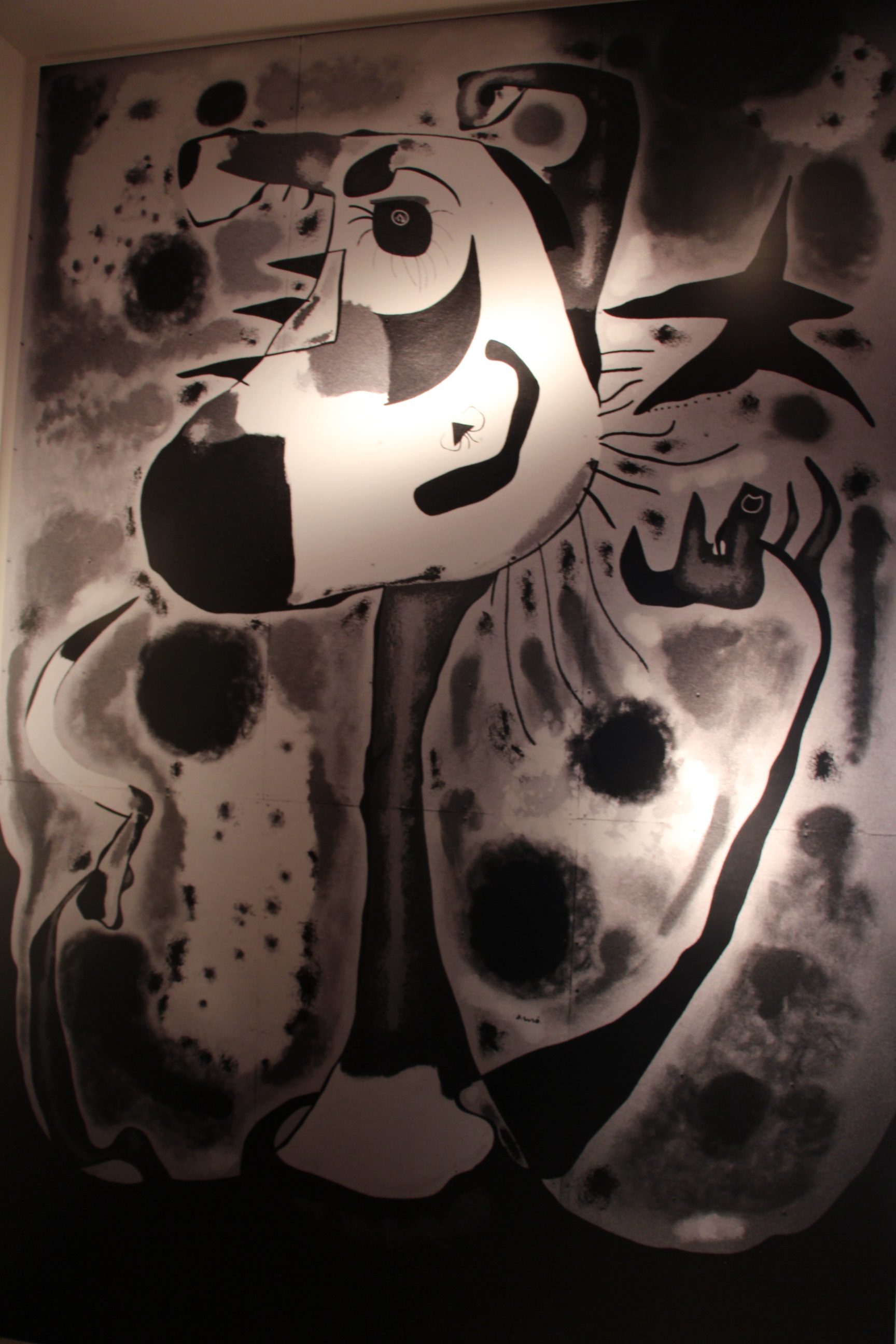Art from Spanish Civil War on display at major exhibition in London
Pablo Picasso, Joan Miró, Alexander Calder and Julio González are the protagonists of ‘Art revolutionaries’, a major exhibition which opened in London this Wednesday and will reproduce the Pavilion of the Spanish Republic from the 1937 Paris International Exposition. Catalan gallery Mayoral is the name responsible for the initiative, which aims to pay tribute “to those artists which were committed to democracy and freedom in the middle of Spanish Civil War”, Mayoral’s director, Jordi Mayoral, told the CNA. The Republican Pavilion displayed works by these artists and became a strategic platform to vindicate the tragic situation the country was going through. The exhibition includes archival documents to contextualise the artworks and “immerse the visitor in the Republican atmosphere”, added Mayoral.

London (CNA).- The exhibition “Art revolutionaries”, which includes seventeen paintings, drawings and sculptures, commemorates the 80th anniversary of the Pavilion of the Spanish Republic, which showcased works by Picasso and Miró at Paris’ 1937 International Exposition. The initiative, by Catalan gallery Mayoral, aims to reproduce “the Republican atmosphere” not only by displaying works from Picasso, Miró, González and Calder but also by adding “songs, documents, posters and original photographs” which contextualise them, explained Mayoral’s director, Jordi Mayoral. “It is a homage to those artists who were committed to democracy and freedom in the middle of Spanish Civil War”, he told the CNA.
Picasso, Miró, Calder and González “turned the Pavilion of the Spanish Republic into a historic episode and a major moment in art history”, explained Mayoral. “These geniuses committed to do what they believed was fair”, he continued and emphasised that during the Spanish Civil War and in the aftermath of it “they produced some of the most outstanding works of their career”. Mayoral praised their “commitment” and considered their attitude “an example of fight and honesty”.
‘The Reaper’, a symbol of defeat
The Pavilion of the Spanish Republic showcased universal artworks such as Picasso’s ‘Guernica’ but was also the place where Miró painted ‘The Reaper’, in 1937. “The painting disappeared after the International Exhibition, as did too the hopes of all those who, like Miró, wanted the Republican principles to win”, lamented Mayoral. ‘The Reaper’ presented a Catalan peasant, with his legs deep in the ground, a scythe in one of his hands and the other trying to reach a star, which symbolises freedom. “We want to recreate this painting and explain it to the Londoners”, said Mayoral. Thus, together with Barcelona’s Fundacio? Joan Miro? and the painter’s grandson, the gallery displays a reproduction of ‘The Reaper’.
The London connection
The exhibition also shows the involvement of the Artists International Association, an exhibiting society founded in London in 1933, which held exhibitions and events to promote and support various left-of-centre political causes
It also illustrates how other British artists like Felicia Browne, who fought for the Republican side in the Spanish Civil War and who died in combat and Henry Moore were involved in the Republican cause and the struggle for democracy. Among all the documents, a poster designed by Henry Moore, “We ask your attention”, created on the occasion of the Artists’ International Congress and Exhibition, is also displayed.
‘Art Revolutionaries’ has benefited from collaboration with the best experts in the field, as well as the support of the Successio? Miro?, the Calder Foundation, the Fundacio? Joan Miro? of Barcelona, the Museo Nacional Centro de Arte Reina Sofi?a of Madrid, the CRAI (University of Barcelona), the Harvard Library, the Henry Moore Foundation and the Instituto Cervantes London.